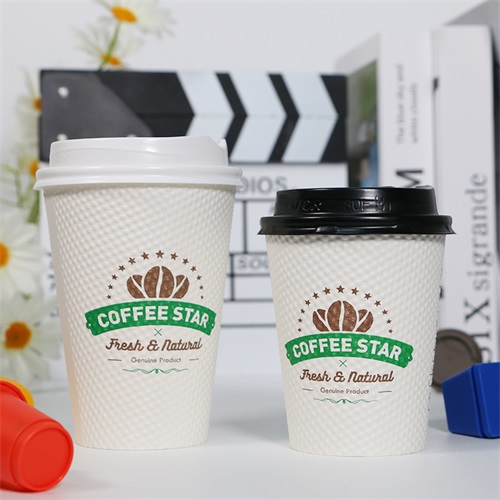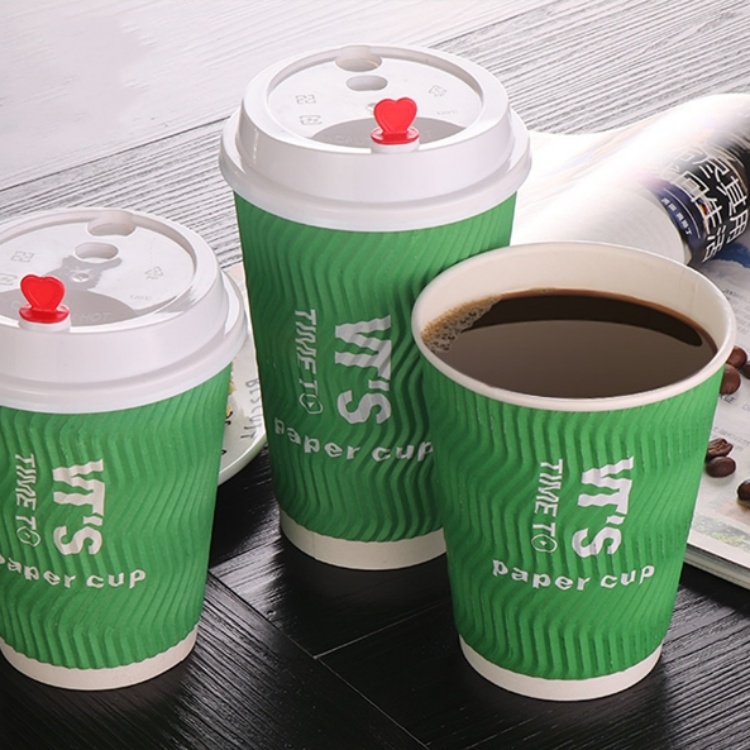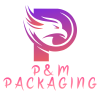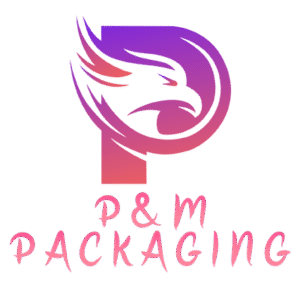The paper cup you hold for milk tea or coffee looks simple, but it’s got many and high tech processes: leaking-proof, heat-resistant,several printing and post printing processes. Every detail needs many production steps. Today let’s talk about them simply and deeply: What does a roll of paper go through to become a drink cup? What matters with designs for warm or cool cups?
I. The birth of a paper cup: 7 Steps from Roll to Cup
Step 1: Make Samples
Before making mass production, we must make samples to test for mistakes firstly like a wrong logo or make the cup too small or thousands go to waste, it’s too bad for money and time.
Design rules: No printing on the inner cup mouth (~1cm, like a finger’s width) or inner bottom, because the ink might rub on lips or melt into hot drinks.
Test 3-5 samples: Check if the color matches the design color(CMYK or Pantone), pattern is clear and capacity is right (oz or mil) etc.
Cut the big roll into small sheets: Once samples go right, then cut the paper roll into flat sheets which is like cutting notebook paper, so printing/shaping stays straight.

Step 2: Print Patterns
Two printing methods:
Flexographic printing: For regular milk tea coffee cups. Uses flexible “raised plates,” which need less ink and dries fast (~10 seconds) and the cost is cheap and great for high volume mass production cups.
Offset printing: For very beautiful and high end designs. Which can make the printing points sharper but the costs is more than above, so it is only for fancy customized cups.
Ink must be food-safe: No industrial ink! Normally we should use the “water-based eco-ink” or “UV ink” which include no heavy metals (lead/mercury), no weird smells and is safe for about 95°C hot water.
Test after printing: Wipe 10 times with clean clothes or soak in 95°C water about 30 minutes (no fading). If it fails, change it.
Step 3: Film Coating
What film?:
PE film (polyethylene): Most common film for cups. It is food grade safe and heat-resistant. It works good for both hot and cold drinks.
PLA film (corn starch): Biodegradable (eco-friendly) but only for iced drinks. It melts if over 70°C.
How to coat: The PE is melted into liquid and squeezes into a thin film then the film is pressed onto paper (hot) and cools fast. Inner layer (touching drink) which should be thicker (18-25 microns, ~1/3 a hair’s thickness) which is good for leaking-proof; The outer layer sould be thinner (15-20 microns) to stay clean and stiff.
Hot vs. cold cups: Hot drink cups need “high-heat PE film” (it melts over 120°C). The iced drink cups can be used with “anti-condensation coating” (no slippery water droplets!).

Step 4: Die-Cutting
Shapes: Cup body includes a fan (rolls into a cylinder) and a cup bottom which is a circle that is 1-2mm smaller than the cup body so it fits tight and have no leaks.
Adding pre-folds: Pre-press 3-5 thin lines on the fan so it rolls smoothly and no wrinkles.
Removing the waste: The die cutting machine peels off extra paper around blanks or recycle it.
Step 5: Cup Formation
Roll & seal the cup body: This process rolls the fan into a cylinder and seals the seam with “ultrasonic welding” (vibrations melt PE film and makes sure no glue and does the leaking proof). The heat-press welding works but might burn paper.
Glue the bottom: The process makes the suction of the circle to the cup’s base and folds the cup’s bottom edge in 1-2mm then presses with heat melted PE and seals tight (no leaky bottoms!).
Curl the cup mouth: The process curls the top in 2-3mm and heat-sets it. It is super important and no sharp edges cutting lips and the cup stays stiff. We will have a smooth feeling when we drink!
Step 6: Quality Check
Looks: No blurry prints, smudges, lopsided bodies, wrinkles, or split seams on the cover.
Function: Flip with 95°C water 30 seconds (no leaks) and stay the cups 1 hour (no big deformation) alone.
Safety: Test every batch for heavy metals and fluorescent brighteners (none on the inner cup which is very bad for health!).
Step 7: Packaging
Inner bag: 50/100 cups per food-safe PE bag (some vacuum sealed).
Outer carton: Thick 5-layer box with moisture-proof paper.
Labels: It must show “disposable paper cup” and capacity and maker’s name/address, production date, shelf life, and the “food contact” symbol (small fork/spoon).

II. Paper Choice: The Cup’s “Backbone”
Food-grade white cardboard: This kind of material is the most common to be used and works for all drinks which has the specific character like 80%+ wood pulp, white color, stiff and prints bright. Used for 500ml milk tea/350ml coffee cups (280-400g/㎡—thicker = stiffer with hot water).
Food-grade kraft paper: It has the retro look and is good for cold and light-sensitive drinks (cold brew) also with thick fibers (hard to tear) and blocks light characters.
Double-layer composite paper: It has the characters like heat insulating and stays stiff with hot drinks or large cups.
Recycled white cardboard: This kind of material is cheap compared with others and can reach 50%+ recycled paper. But it is only suitable for cold drinks not good for hot (less stiff and heat-resistant).
III. Special Techniques: How to catch your eyes
For Looks
Gold or silver stamping: Adding metal foil (gold/silver/rose gold) to logos or other printing parts or units to make them look more shimmer and fancy. This kind of processes are very good for limited cups and young brands or high end brands.
UV coating: This process can make the part of cups to look more glossy (mirror shine) or feel matte which also can prevent scratches.
Embossing: It can make the cups have similar 3D effect which raises over the cover of cups.
Conclusion
A small paper cup is all about three things: safety, use friendly and beautiful cover. From food safe paper to non-toxic ink, leak-proof film and curled mouths to strict checks, every step is very important for customers and brands. Now more eco-friendly cups (biodegradable) are be used, so we can enjoy drinks and help the planet. Next time you hold a cup, please remember that it’s not just disposable but every detail makes your drink safer and nicer!


